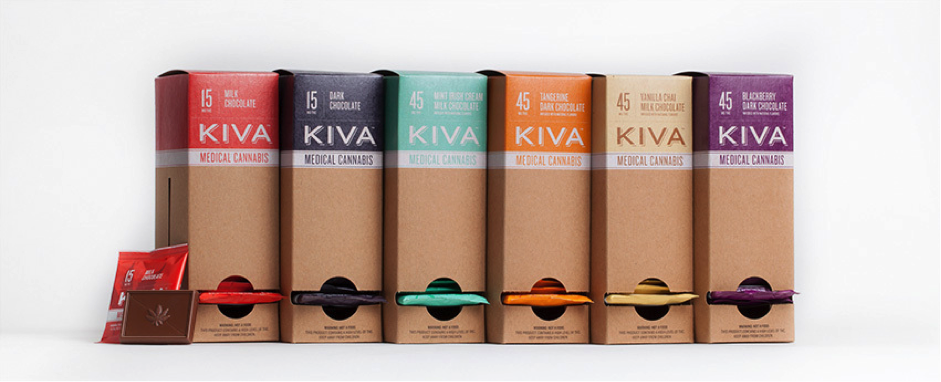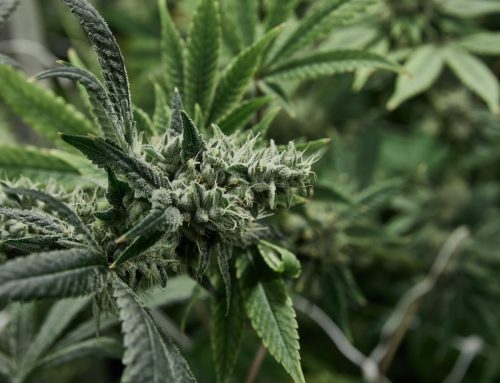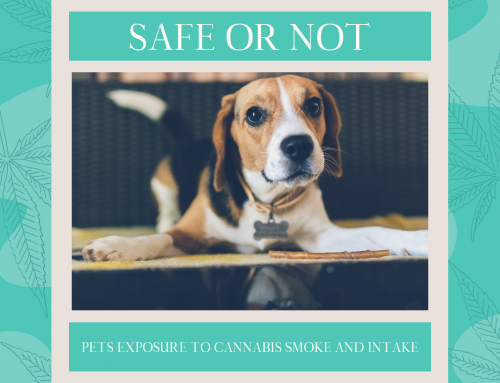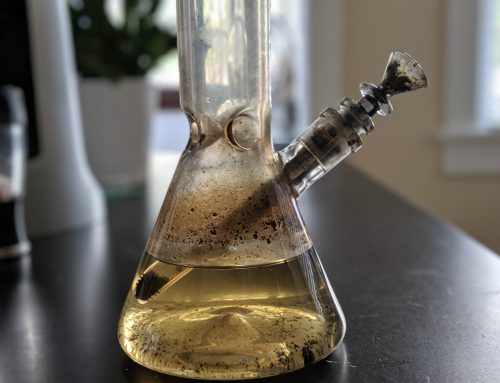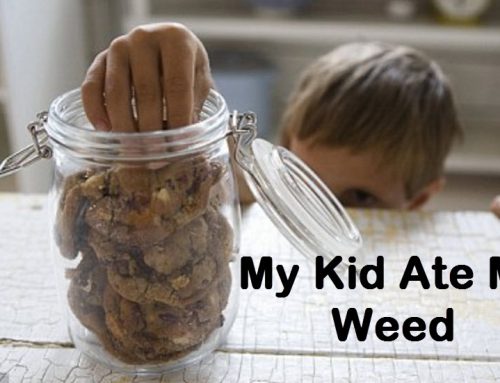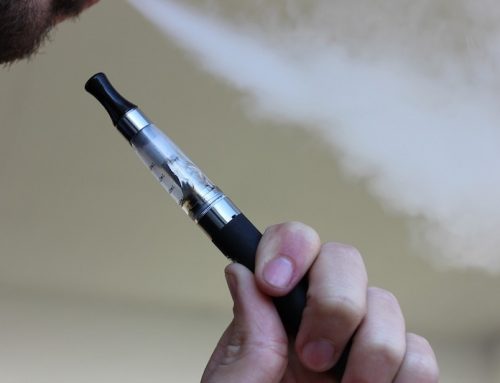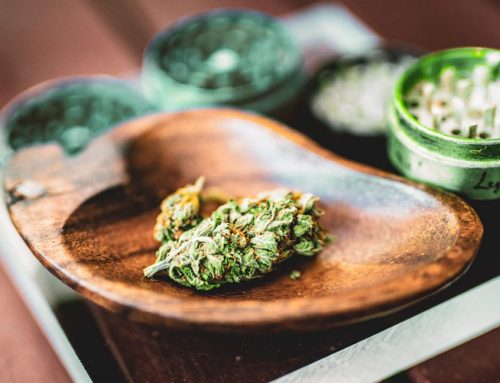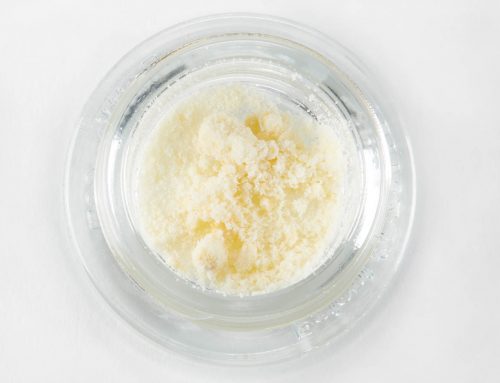Ever since recreational cannabis was legalized in Colorado, Washington and Alaska, there’s been heated debated as to the way in which cannabis edibles are manufactured, packaged, marketed and sold. As far as some are concerned, plain packaging with nothing eye-catching whatsoever is the best way to avoid tempting tots. For others, it’s a case of following the same rules as alcohol – package and market them as lavishly as you like, just be sure to stay away from anything that might appeal to younger crowds.
But what’s unique about the cannabis edibles market and the accompanying argument is that one of the most popular and lucrative product markets of all is that of cannabis candies. It may have all started with pot brownies years ago – these days it’s a veritable Willy Wonka-scale frenzy of everything sweet and gorgeous. And given the fact that most kids tend to have a bit of a thing for candies, it all opens up a pretty sizeable can of worms as far as the critics are concerned. If the products themselves are naturally up a kid’s street, how can you make sure they’re not tempted to try them out?
Asking the Experts
Well, in order to find out exactly what’s going on in the heads of those responsible, reporters from the LA Times decided to pay a visit to Kiva Confections. As one of the biggest and most successful edible cannabis product manufacturers in the state, they seemed like just the folk to go to with a few important questions. What they were greeted with in the product room was the kind of aroma every kid and adult in the world dreams of. Dried fruit, freshly roasted coffee beans and air so thick with chocolate you could practically swim in it.
And just beyond all of this, a slight undertone of sweet, spicy hash that goes into the products being manufactured.
It’s not quite the same chocolate factory scene you’d expect having bought into the world of Roald Dahl. Instead, it’s more a case of gigantic machines that look rather similar to cement mixers churning out products on an industrial scale. But what’s different about what’s going on here is that Kristi Knoblich and Scott Palmer – co-owners of the company – are making products exclusively for those in need of medical marijuana. Prescribed for a variety of chronic conditions and the easing of side-effects associated with certain treatment, their products are by no means available to the public and aren’t for recreational purposes.
That is, for the next few weeks at least.
Proposition 64
If things pan out as most experts predict next month, the California public will vote to set Proposition 64 in motion, which will give the green-light to recreational cannabis use state-wide. Which in turn means that the products made and sold by Kiva will suddenly be within the reach of anyone in the state aged at least 21. Suffice to say, this could take the company from its current solid status to something of spectacular value and importance practically overnight.
Of course, as far as the critics are concerned this represents a potentially huge problem. If the products of Kiva suddenly find their way into the public domain millions of kids may be exposed to cannabis edibles that appeal to them in a big way. In fact, they’re so adamant that the legalization of cannabis represents a threat to the nation’s young that this is one of the most aggressive points and arguments being driven home by those looking to ensure Prop 64 doesn’t happen. Unfortunately for them, it’s largely seen as a forgone conclusion by most.
What the vast majority of critics fail to acknowledge (or simply don’t realise) is that an important part of Proposition 64 includes a variety of measures that are designed to ensure that their fears do not materialise. It specifically states in the content of the legislation that manufacturers will be prevented by law from packaging products in a manner that would in any way make them appear as if they were standard candy, or products safe for consumption by children. By law, they would have to make sure that they were packaged in a manner that made it abundantly clear that they were cannabis edibles for adults only.
In addition, serving sizes must follow strict rules with each containing no more than 10g of THC. All packaging must be fully approved as child-proof and there must be clear warnings and advisories printed on the labels. Nevertheless, critics continue to argue that all such methods combined will still not be sufficient to keep kids safe.
“There have been maybe a couple of hundred cases in Colorado, called into the Denver Poison Control Center,” said cannabis legalisation advocates and former president of the American College of Emergency Physicians, Larry Bedard.
“At the same time, there’s like 2,500 calls for kids getting into detergent under the kitchen sink,” he said. “I have seen kids in the ICU from aspirin overdoses. I have seen someone die of Tylenol overdose…. If you are a responsible parent, you don’t have Tylenol or aspirin sitting at the bedside. Same thing with edibles. Like other toxic drugs, they need to be kept under lock and key.”
All of which adds up to a future outlook where accidents involving kids getting their hands on stuff they’re not supposed to will indeed happen. But given the fact that this already happens with thousands of perfectly legal yet totally dangerous products, it’s not exactly anything different than the current state of play.
Long story short therefore, it’s not really a strong or coherent argument for keeping cannabis edibles off the streets entirely…as critics would prefer things to play out.
Common Sense Prevails
Back at the factory, Knoblich and Palmer told the LA Times that they were more than aware of critics’ concerned and had no intention of ever overstepping the line. As anyone with a modicum of common sense would, they spoke of their commitment to safe and sensible packaging across the board.
“We do our best to make these not child-friendly,” Knoblich said.
“There are no animals or cartoon characters on our packages. We try to keep them professional and sophisticated-looking.”
But as far as these guys are concerned, it’s the quality and reliability of Kiva products that makes them and their brand stand out from the crowd. They’re extremely proud of the fact that their products are flawless in consistency when it comes to exactly how much cannabis they contain. If it states on the label that one piece of chocolate contains exactly 15mg of THC, then exactly 15mg of THC is what you can expect. They also create products that taste great, free from the dank, skunky undertone that dilutes the appeal of many edibles.
“Our business foundation is predictability and a repeatable experience,” they said.
“It is all about precision.”
They also outshine the competition when it comes to product testing and verification. Every batch of hash that is brought in for use as an ingredient undergoes extensive potency testing, along with screening for use of pesticides and the presence of fungus. Along with the ingredients, the finished products are also tested to assess their potency and consistency. This is most certainly not the kind of diligence that can be expected as standard elsewhere.
Just a couple of years ago, around 75 cannabis edibles sourced from a variety of vendors across the east coast were evaluated by a research team. Incredibly, they found that no more than 17% of them actually delivered what was promised on their labels, with almost two-thirds containing less THC than promised on the packaging. The guys from Kiva admitted that this kind of irresponsible manufacturing represents a ‘disaster waiting to happen’ and made it clear that they themselves condemn these kinds of practices.
As it stands now, there are around 900 dispensaries across California that sell products from Kiva. Should the legalization of recreational cannabis go ahead, they could sell their products via hundreds, maybe even thousands more stores state-wide. A prior report suggested that they already turn over more than $10 million in revenues every year – a figure that could soon enough represent a drop in the ocean.
Let us know what you think in the comments section below.


